4pts. Due Sept 5, 12 noon. Post to OpenLab.
Review the Steve McCurry video:
http://petapixel.com/2015/03/16/9-photo-composition-tips-as-seen-in-photographs-by-steve-mccurry/
Look at the work of the photographers listed below. Then select one photograph by one of these photographers that really speaks to you and that you think is visually engaging. Once you have selected a photograph, write a 300-word post on OpenLab about the photograph.
Category: Student posts>HW1-Composition
1. Identify the photograph with the name of the photographer and the name of the photograph. Write a short description of the subject matter and location. Then, identify the intention of the photographer. What is the purpose of the image? What is the mood or feeling of the photograph?
2. Select three of the formal elements from the Steve McCurry video that are most important in the photo that you selected. Write a second paragraph describing the photographer’s use of those three compositional principles.
1. Rule of Thirds
2. Leading Lines
3. Diagonals
4. Frame within a frame
5. Figure to Ground
6. Fill the Frame
7. Dominant Eye
8. Patterns and Repetition
9. Symmetry
How do these elements help create the mood or feeling of the photograph?
Include a link to the photograph if you can’t include a version of the image so I can easily find it.
1. Suzanne Stein
https://www.suzannesteinphoto.com
Pick from either New York Street One, Two, or Three
2. Janette Beckman
https://janettebeckman.com/
Pick from Hip Hop or US Youth
3. Thomas Holton
http://www.thomasholton.com/
The Lams of Ludlow Street
4. Michael Kenna-
http://www.michaelkenna.net/gallery.php?id=14
New York
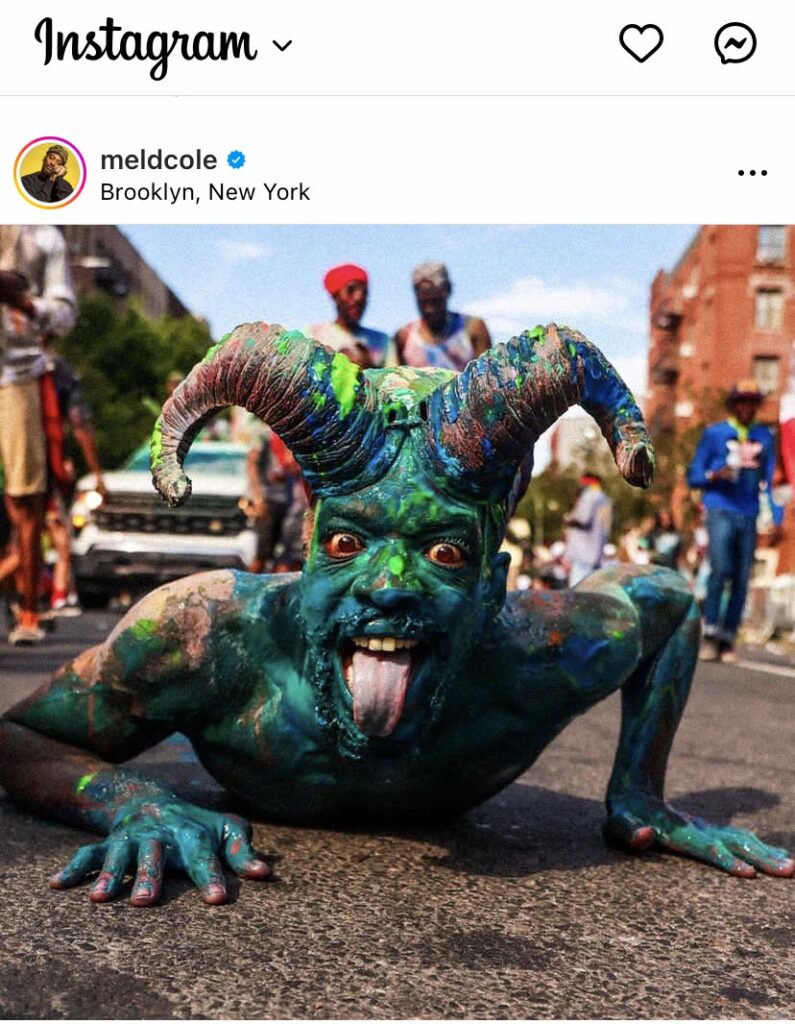
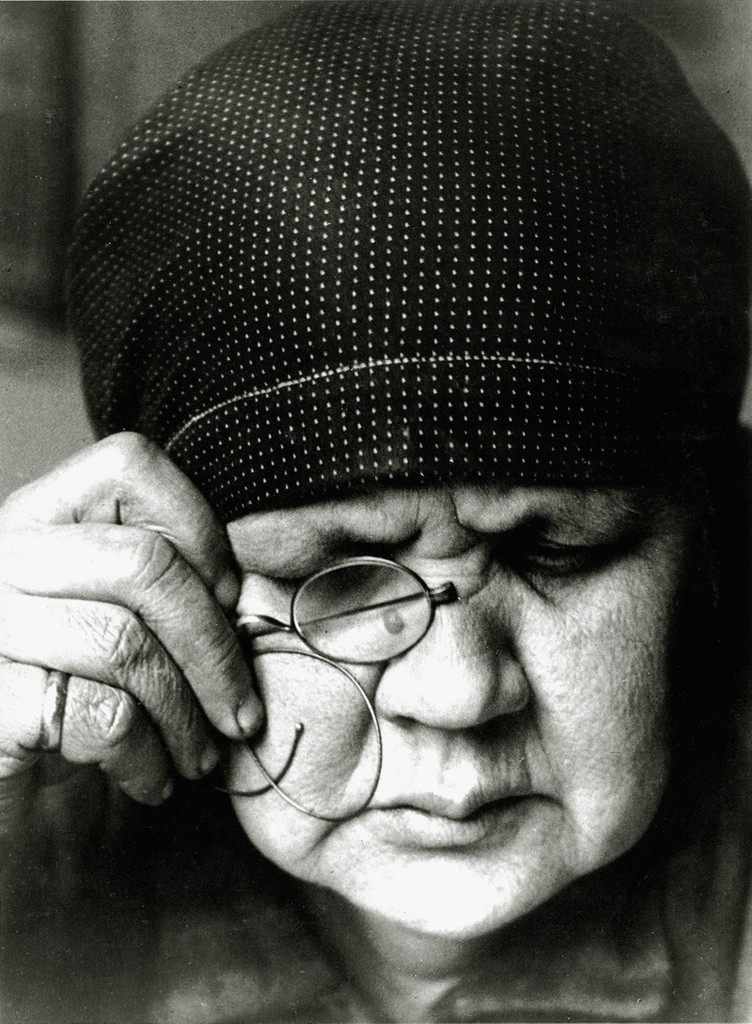
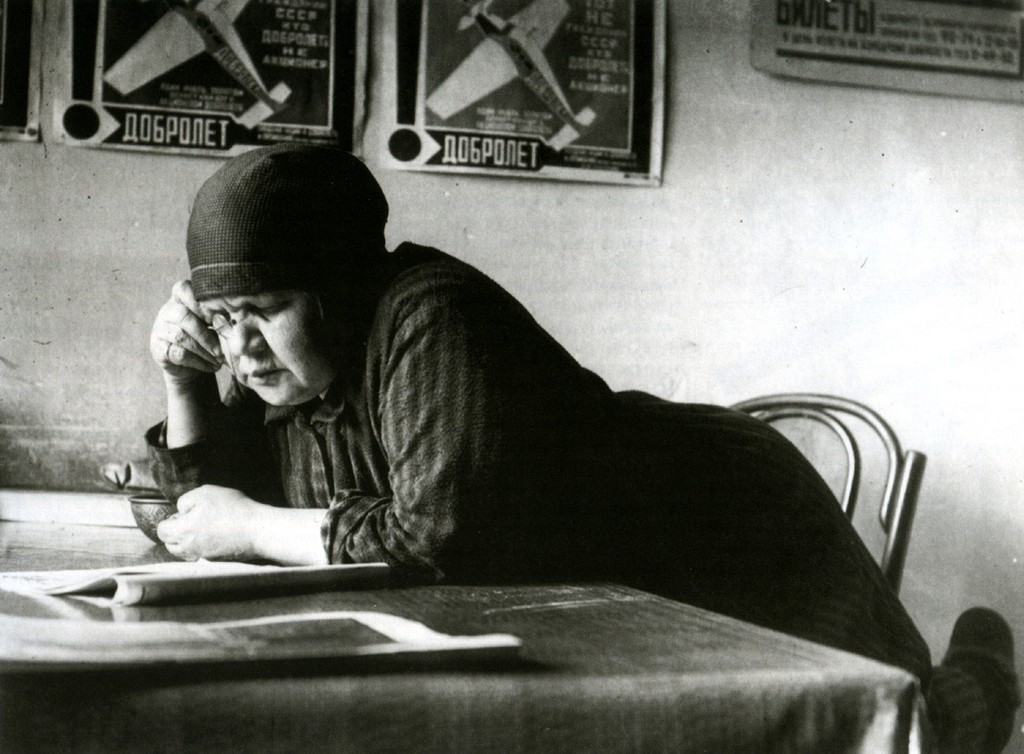

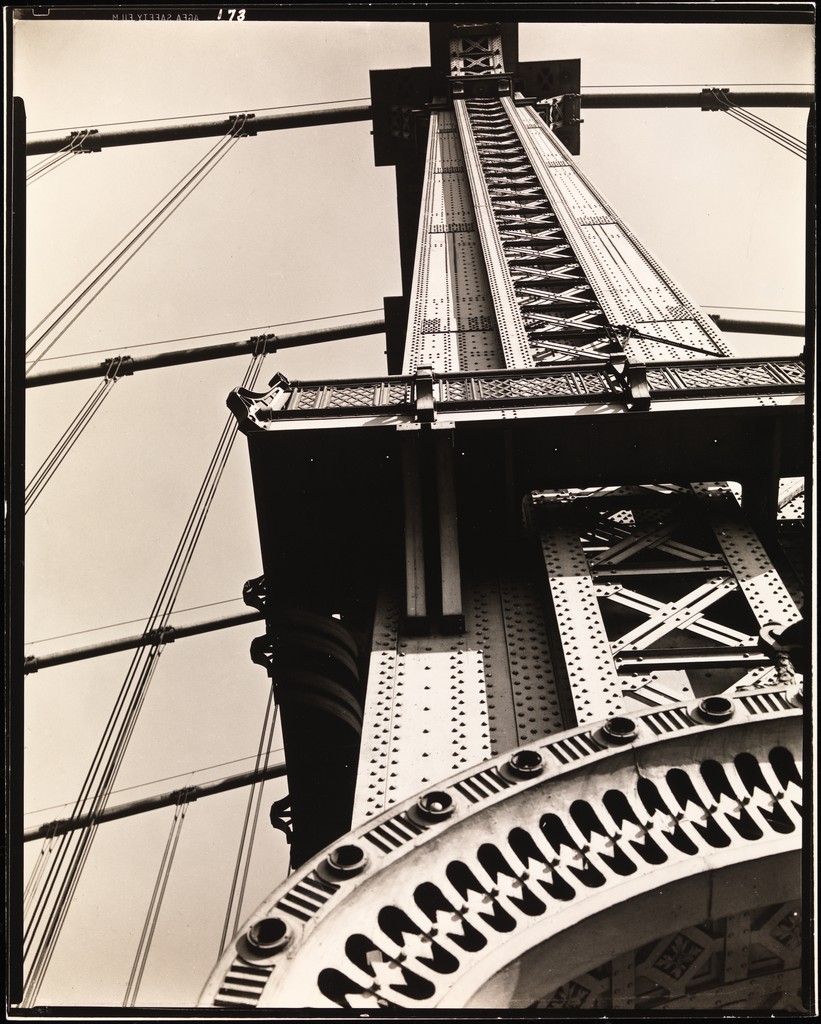
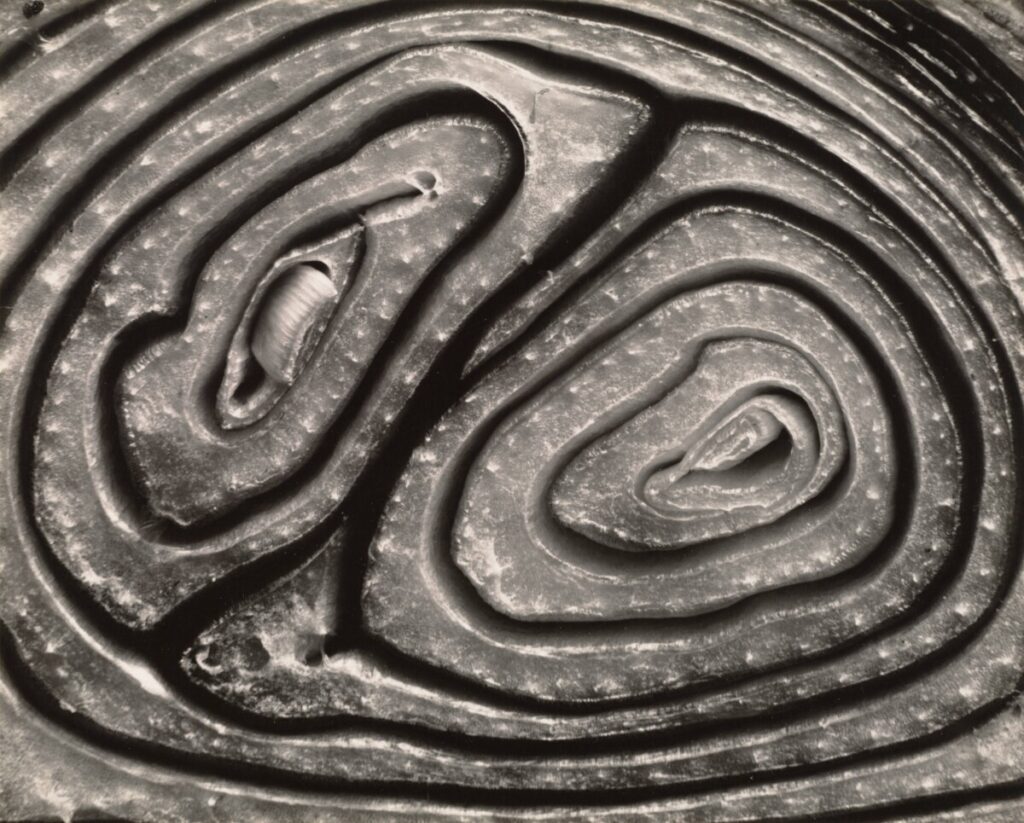
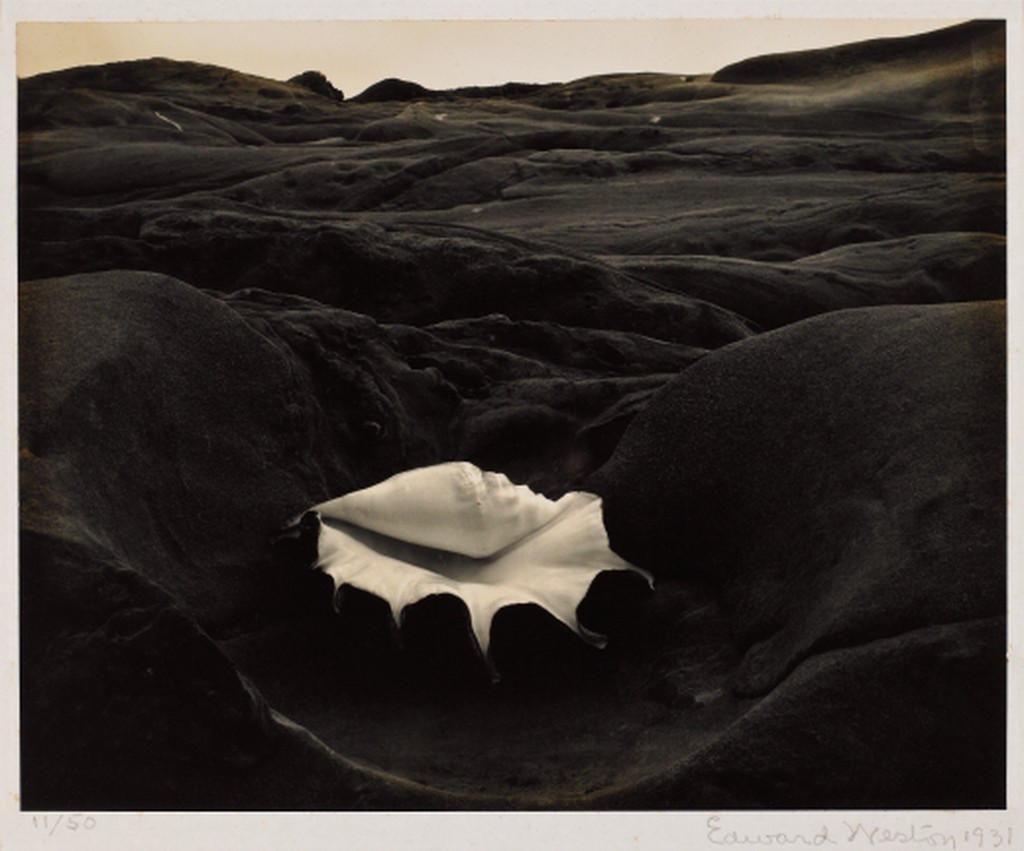

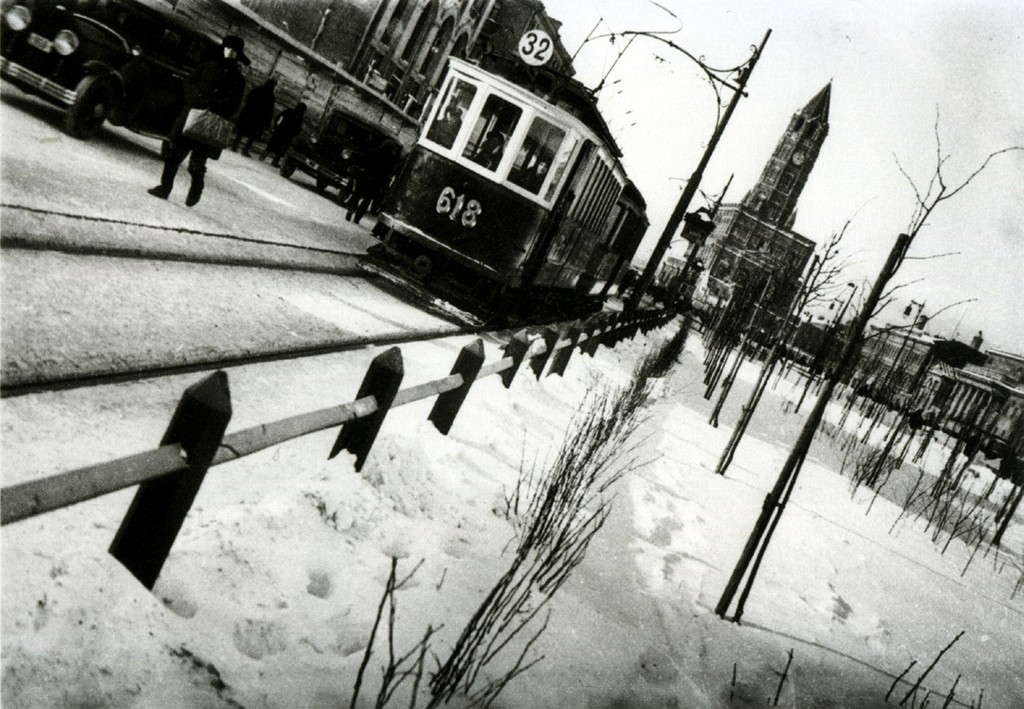
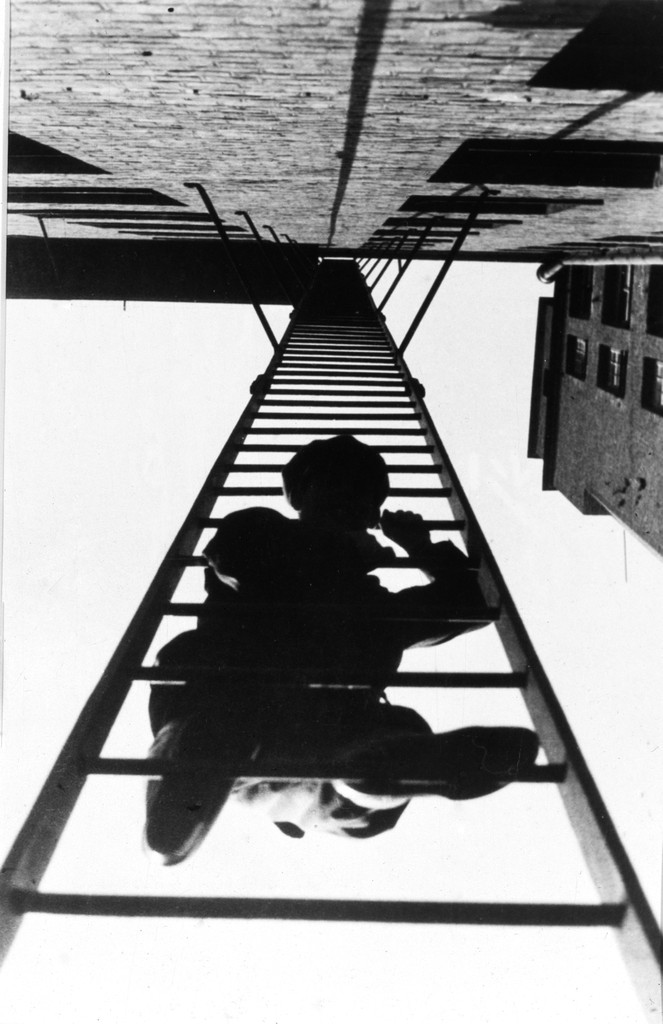

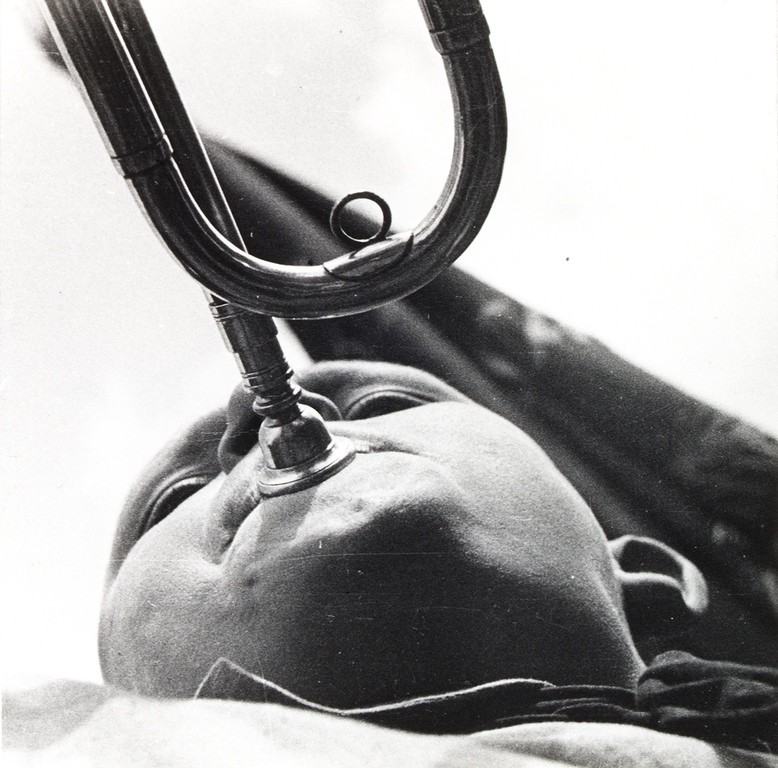


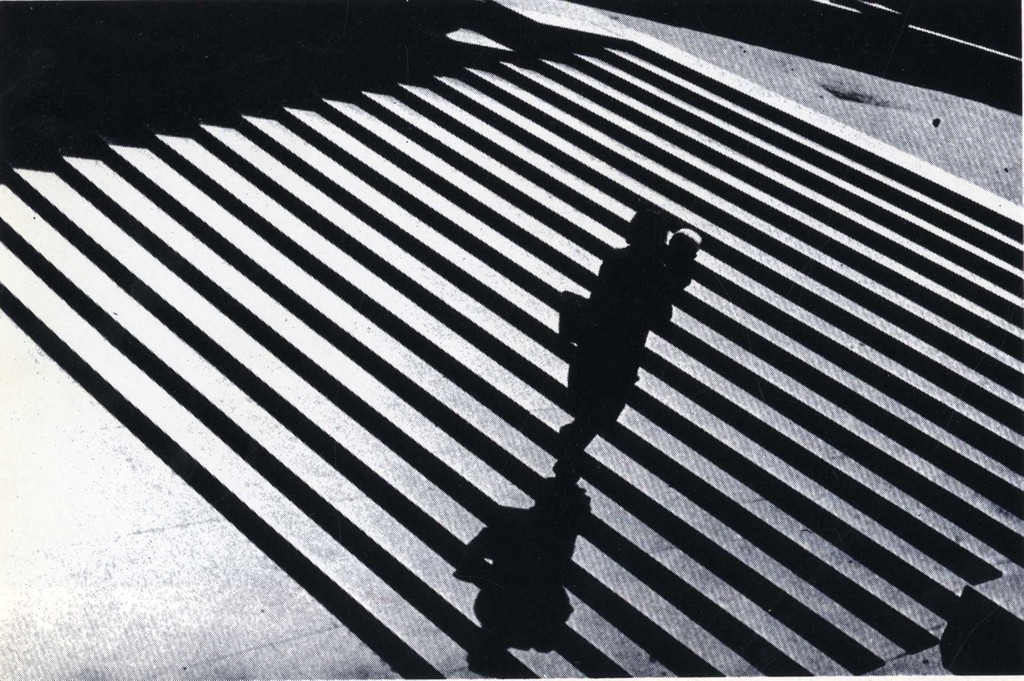
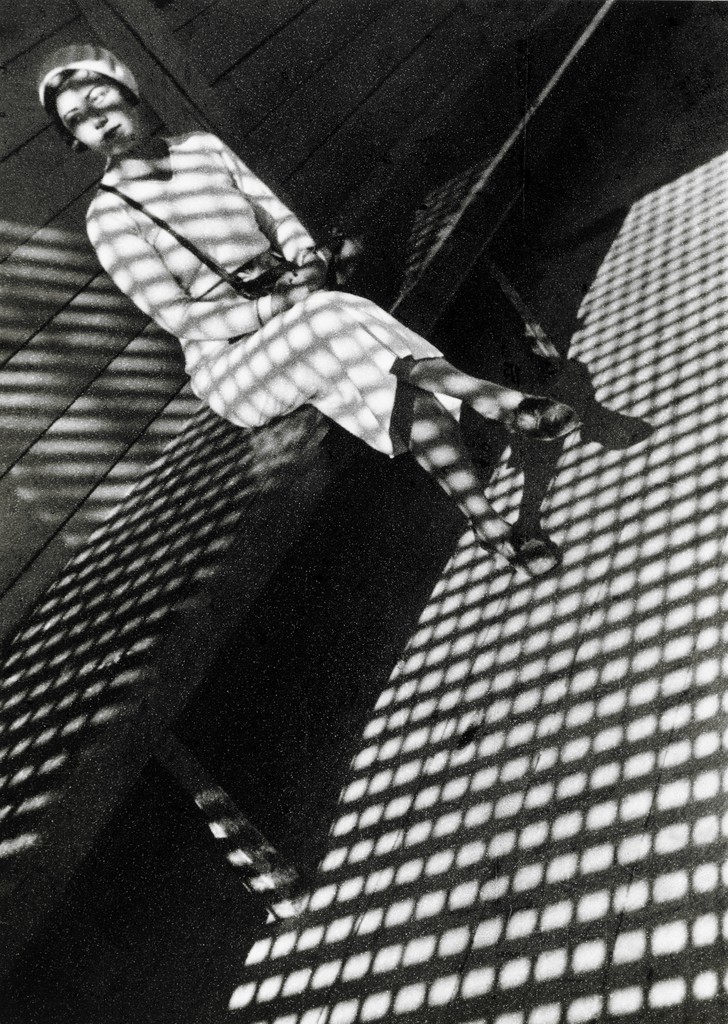
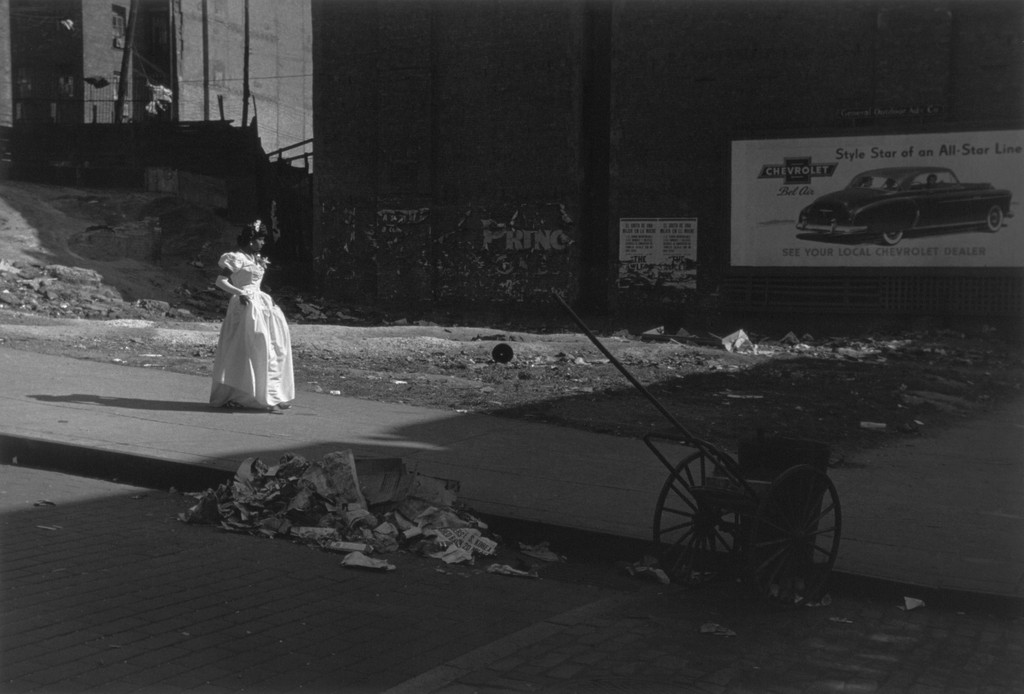
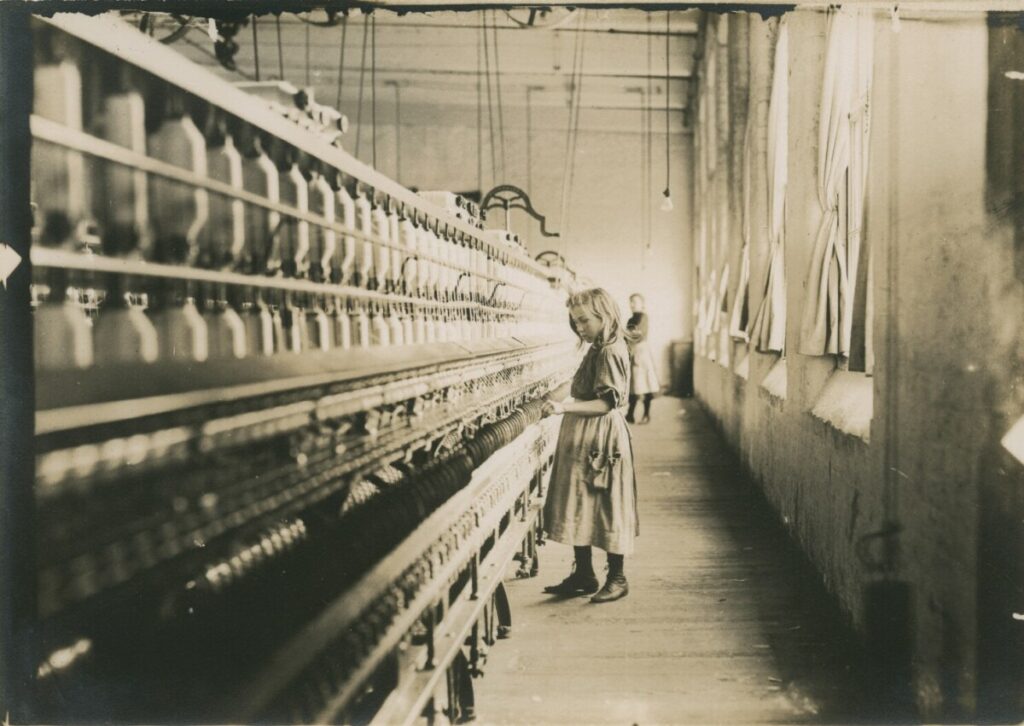
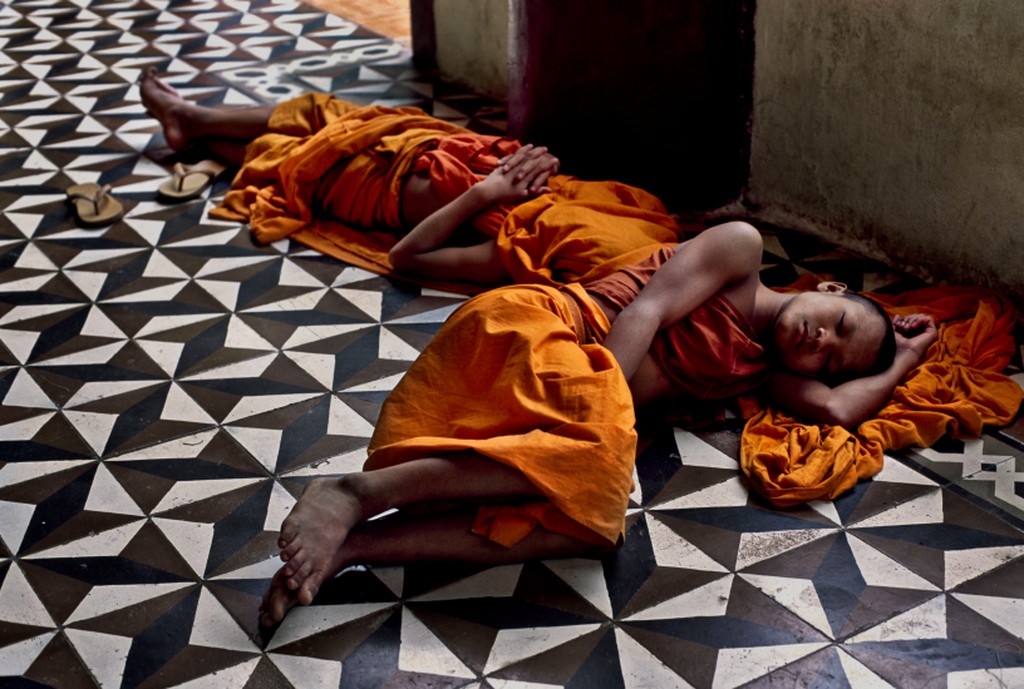
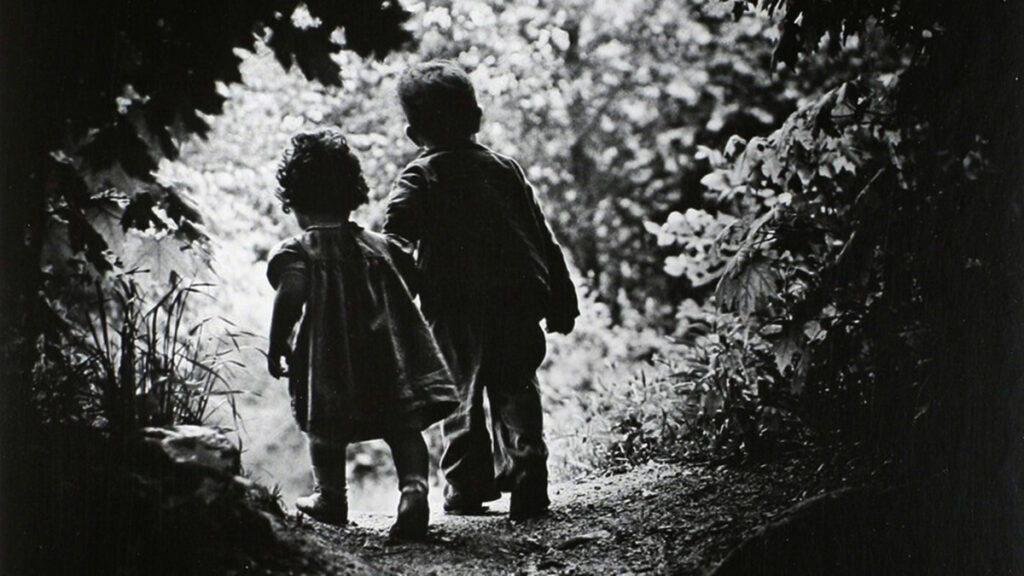
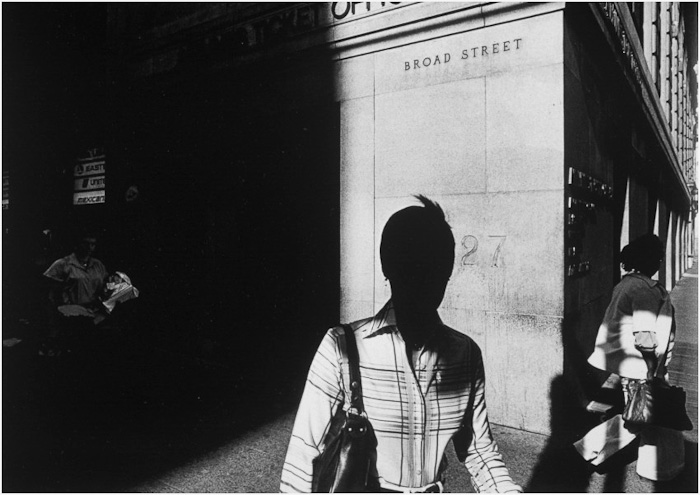


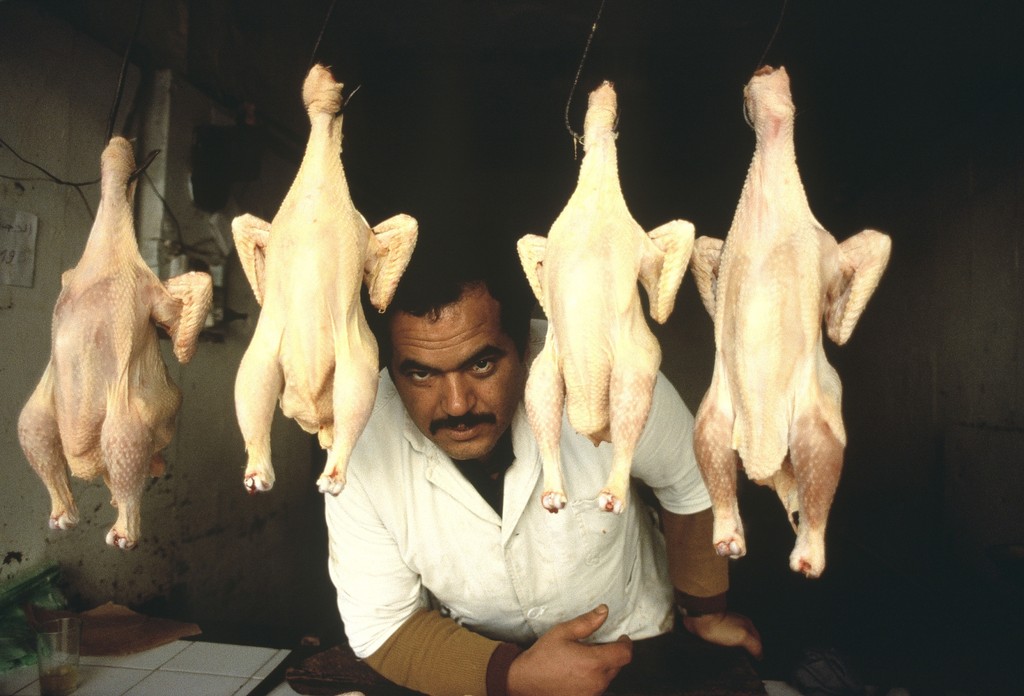




Recent Comments